A balmy spring day: a high of 53F with the snow withdrawing into the shadows like a retreating tide. Rivers warm up and run higher.
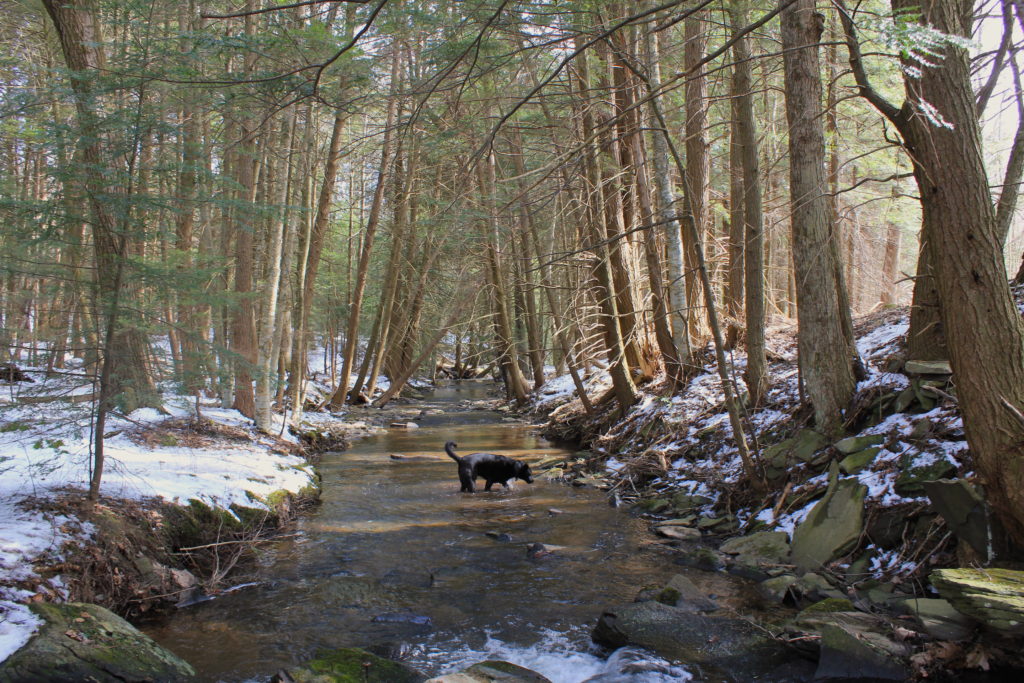
A balmy spring day: a high of 53F with the snow withdrawing into the shadows like a retreating tide. Rivers warm up and run higher.

Almost a foot of overnight snow descends, putting an end to exactly a week of thatched, nascent landscape and its rich earth tones. Sticky snow like spray foam clings to trunks, boughs and branches, turning outdoor furniture into ghosts, making ski-runs deep and slow. Mountains shrouded in foggy snow clouds. More snow fall during the day and a high of 38F.
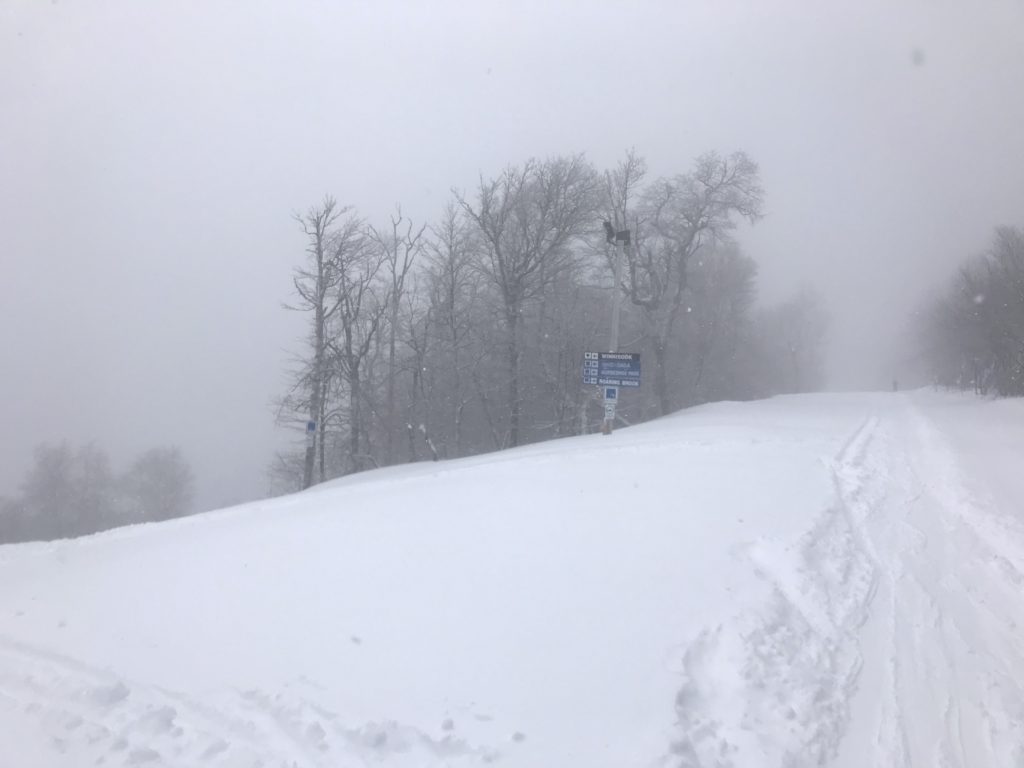
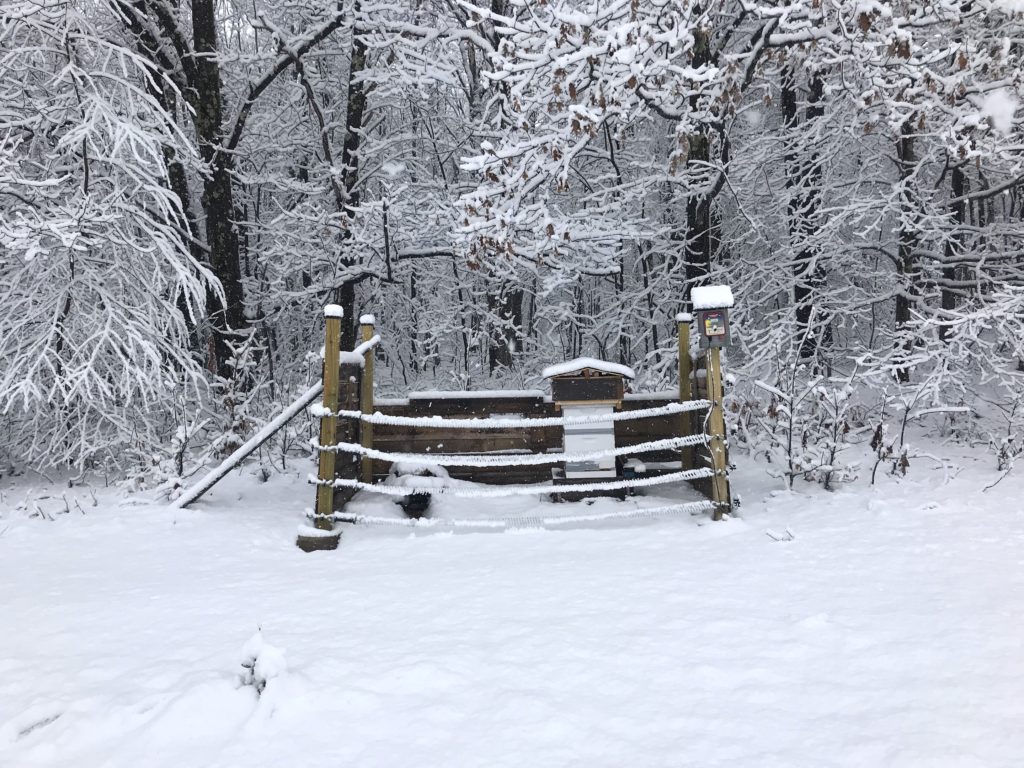
A week of bare landscape reveals woodland activity. Overcast with a high of 40F.
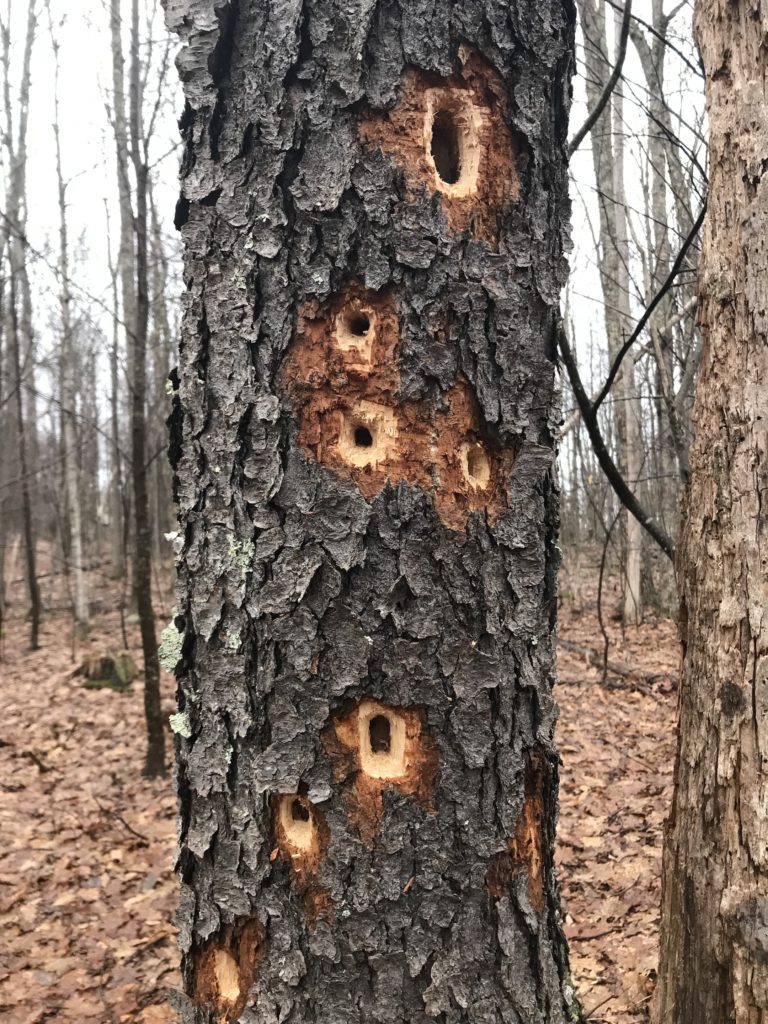
Sun striving through a veil of cloud and a high of 35F.

Perfect powder on the ski-mountains shrouded in swirling snowy clouds and low-hanging mist. Late afternoon snow and a high of 25F.
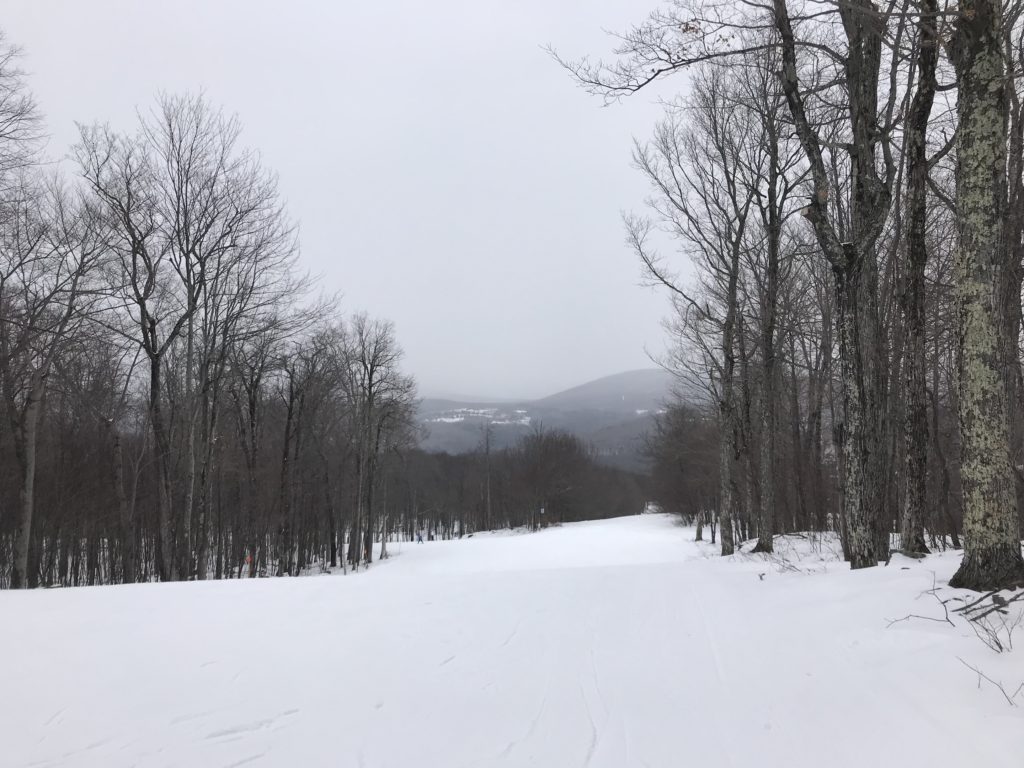
Shards of sunlight search the forest floor beneath the hemlocks. Creeks and rivers are still high, rising to meet the snowy banks. A high of 34F takes the edge off the morning chill.
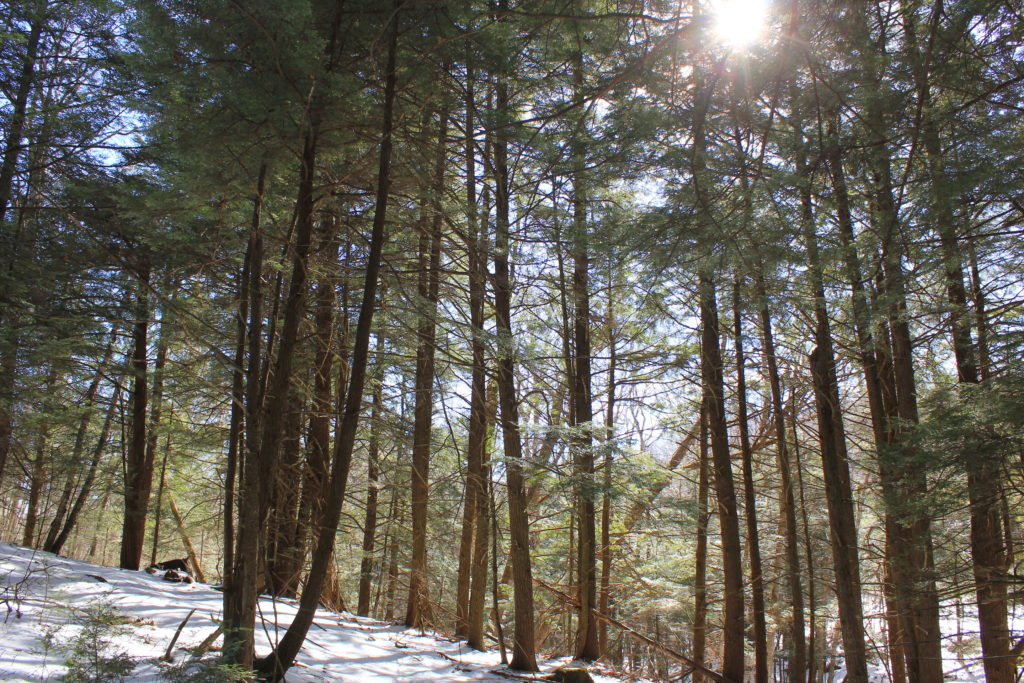
Hazy cloud burns off in the sun for a high of 49F and a light breeze.
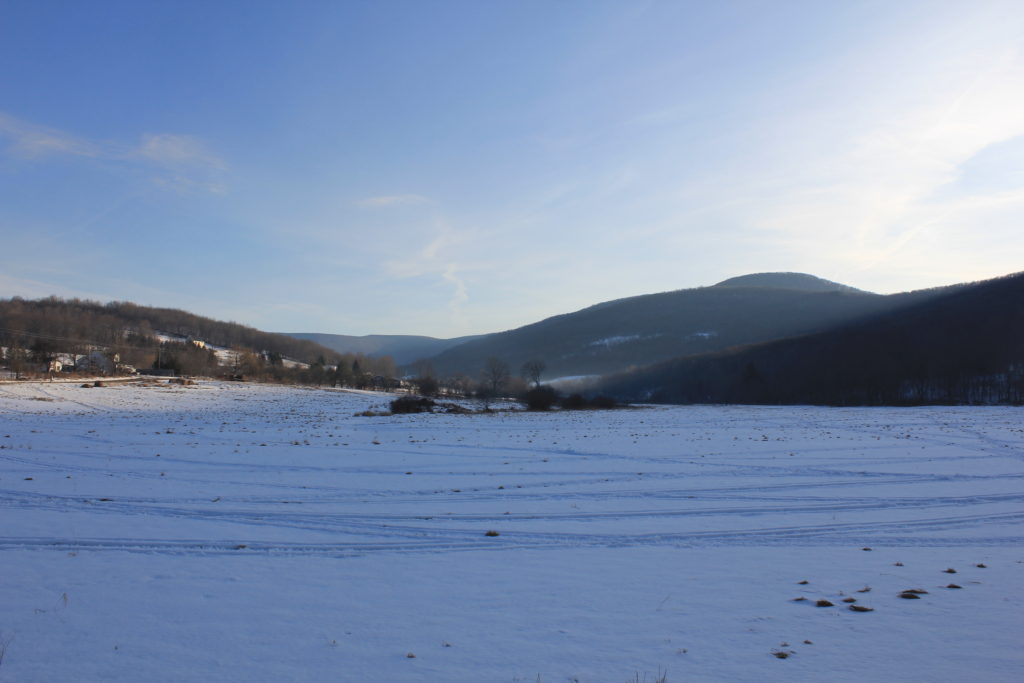
Dull, moody, overcast and a high of 35F. Much of yesterday’s snow melted with the rain before dusk.
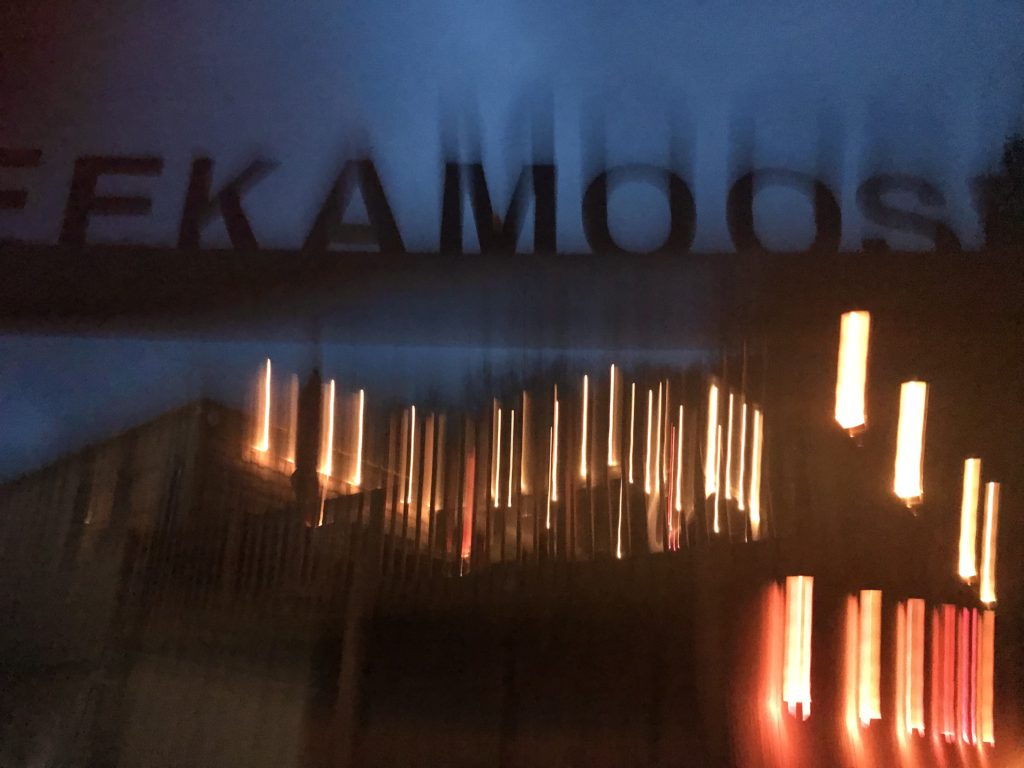
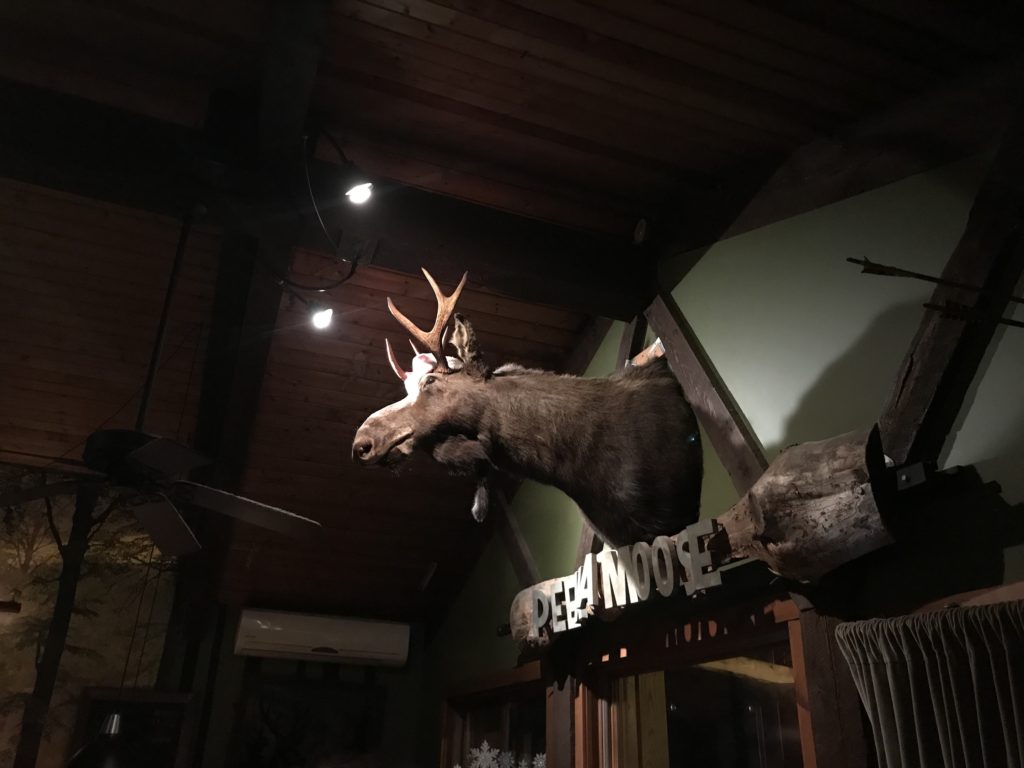
Upstate Dispatch recently celebrated its fourth birthday and I took a bit of a break to ponder on why and how it started in the first place. As a writer, I’ve always lived in deserted areas of cities with cheap rents: Shoreditch when it was a post-industrial wasteland on the other side of Liverpool Street train station – a two-pub pocket of London that was deserted at weekends where I learnt to play pool; Williamsburg when there were still cars burning on the streets of Kent Avenue: Bed-Stuy, when there was an actual car burning outside our studio one time and where a musician came every Sunday with a set of speakers and an electric guitar to play where nobody heard him; leafy Fort Greene when the rents were laughably low and one local dive bar in a basement that teemed with characters fit for novels, bursting with life. As I moved on from one city to another, and one area to the next, in the above order, the expanding population followed hard on my heels. Shoreditch is now a tourist mecca akin to Piccadilly Circus or Times Square.
The Catskills, where I now live, is also a sparsely populated area where there are so many characters fit for novels and brimming with life in a completely different way: rural, and wild-forested natural history. Farmers, artists, historians, writers, homesteaders, cooks, teachers and more, nestle in the valleys of the Catskills and perch on mountaintops. Our forested ridge is fast filling up with young people seeking a more calming environment, good food and company. In the time since we bought our house, an astonishing eleven years ago, our dog has had the run of a 40-acre ridge-top and we only had two friendly full-time neighbors, a retired couple. All that is changing – our dead-end road is filling up with young, curious people and for the first time last night, as I read by an open window, I heard music coming from another distant house that mingled with owls, evening chirping and the waning laughter of crows.
New York City is charging out of its concrete jungle, sending out its long, withered, under-nourished tendrils towards us – the only vegetation that it can muster – gasping for life and some nurturing soil. This slow march from the city to the country is viewed with consternation by some, but if you’ve had children, you can’t really complain about the fast-swelling population.
Upstate Dispatch was started as a Catskills diary, a daily documentation of life in the Catskills and latterly my experiences as a writer in the past four years in local print and on my radio show on the eclectic WIOX Radio.
There is a so much to read on this site. Here are some more links to the best of Upstate Dispatch:
Our hiking page has been the most popular. Find our efforts to climb the Catskills 35 and document some of the best views in the Catskills over the years.
Every day, for the first 18 months of the website, I published one picture a day from around the area in the Daily Catskills section. Click here to scroll back through the years in this category.
More on my personal history in First Person Dispatch.
Conversations with other Catskills residents in Catskills Conversations.
Our adventures with our small farm and a steep learning curve in the world of foraging.
Now, back to documenting this year’s slow fall. The mountains look like those heads of broccoli that you leave in the fridge too long: slightly yellowing, “on the turn” as they say in England.
Thanks for reading.
J.N. Urbanski 9/11/18
The Finger Lakes Trail wends through the Catskills, beginning at the western edge of the Slide Mountain Wilderness and continuing on to Downsville and way beyond, stretching for about 500 miles.
A few miles’ worth of the Catskills’ portion of the FL trail goes past Big Pond, and Little Pond (pictured above). The trail to Little Pond begins across the road from Big Pond’s small beach – and it’s even smaller parking lot – and forms a loop around Little Pond that’s made up of two trails: The Little Pond Trail and Touch-me-not Trail. Continue reading
Chanterelles are in the same family as the northeastern Black Trumpets (Craterellus), but they have a few toxic look-a-likes, so they’re much trickier to identify than Black Trumpets. When you’re foraging for mushrooms, a positive identification is essential before you even think about eating. For example, there are plenty of bright orange mushrooms in the forest that you should not eat and so if there is any confusion, forget it. The intricacies of mushroom hunting are so varied and convoluted that, for the layman, most mushrooms are not worth the risk of misidentification. Rest assured that mycology – the study of fungi – is a lifetime of learning and that most of what you find in the forest should be left alone.
So – to identify these chanterelles pictured here, as I did with the boletes I found two years ago, I sought the opinions of at least two experienced foragers to help identify them. Continue reading
“I remember when you went for a job and there were signs saying WOMEN NOT WANTED or MEN ONLY or BOYS ONLY”.
Reportedly, this year the US has had a record number of female political candidates running for office. Joyce St. George is one of these women. Joyce was a guest on my radio show on April 30th and we talked about some aspects of her career, being a woman in politics, her career in law enforcement, her run for state senate and what she does to unwind (she also practices and teaches karate here in the Catskills).
Joyce is a powerhouse with an intimidating resume. She began her career in the 1970s, when she became the first female investigator to serve in the New York State Attorney General’s Special Prosecutor’s Office on Anti-Corruption. Following the dramatic testimony of Frank Serpico, Joyce and her colleagues rooted out corruption within the criminal justice system in NYC, investigating police officers, judges and district attorneys. That was only the beginning of her career and I’m wondering why nobody’s made a movie about Joyce herself.
Joyce is approachable, affable and engaging with a big heart. With her husband Frank Canavan, she works with the Margaretville Food Pantry that serves 500 local families. Joyce was hired by FEMA to provide crisis services in Delaware County following the floods from Hurricane Irene and Tropical Storm Lee, and served on the Flood Mitigation Council for the area.
Early morning sun barely breaking through thick fog. Overcast and humid with periods of break out sun, a torrential afternoon shower, and a high of 83F. The Catskills is a rain forest, consisting of a innumerable number of creeks, streams and rivers in a world that is running out of fresh water.
This week’s torrential rain created ideal mushroom growing conditions and the chicken mushroom, turkey tail, ghost pipe, chaga and polypores are all ripe for the foraging. Get out there and pick them, paint them or just generally admire them before they dry, rot, or get eaten by other creatures, like the hungry bears that the July drought had forced towards more urban areas. There’s even a bolete or two in advance of their normal August season. The reservoir is high, creeks are gushing and mushrooms are glowing in the understory like little alien beings. Like a movie cliche, yesterday the dog bound off into the forest to chase a much faster creature than him, and I ran off after them both and stumbled into a grove of hemlocks dotted like acne with polypore and a carpeted with ghost pipe. The polypore pictured above is a tinder polypore, good as a fire-starter for campers, was an ancient antibiotic and a sort of chewing tobacco used by certain indigenous Alaskan tribes. Continue reading
Finally, a chance to meet Laura Silverman when she conducted a nature walk at the Foxfire Mountain House on Sunday. Laura has recently opened The Outside Institute and has been a guest on the radio show on WIOX and featured on this website, but we had never met in person – a common dilemma in today’s working practices. The Foxfire property – an inn and wedding venue – abuts the Catskills Forest Preserve and we had a tour of local flora and fauna that included a brace of skittish turkeys, bullrushes, ancient grape vines, mugwort, wild thyme, sumac, a lonesome tinder polypore, milkweed and some poison ivy. Poison ivy is difficult to identify, but essential if you don’t want to be itching or burning your way through summer. Did you know you can eat bullrushes? The walk was followed by cocktails using local ingredients in Foxfire’s gorgeously appointed bar. The Outside Institute has published a field guide to the Hudson and upper Delaware valleys and we’re currently working our way through it.
East Branch Farms has announced their grand opening of Kimchee Harvest Kitchen on Main Street in Roxbury, on Friday 13th July from 7am, with extended hours to 6pm. This farm-to-table restaurant offers delicious, Asian cuisine using produce grown by farmer and owner Madalyn Warren and cooked by chef Toko Harada.
Kimchee Harvest Kitchen, 53470 State Highway 30, Roxbury, NY 12474.
Something we’ve been pining for here in the Catskill Mountains is Asian food. There’s precious little of it around these parts, but now we have something really wonderful. Kimchee Harvest Kitchen in Roxbury, New York serves Korean food that is delicious, and local. The produce featured on the menu is grown by owner, farmer Madalyn Warren on her farm East Branch Farms on Route 30 in Roxbury, whose speciality is kimchee made with a variety of locally grown and foraged vegetables like dandelion, radish, rhubarb, garlic scape or cabbage. Madalyn’s mother is from Pusan, Korea and they make the kimchee together. The meat on the menu is sourced from other local farms. Continue reading
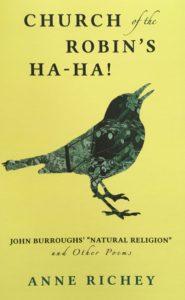 “Talk of Heaven! Ye Disgrace Earth”. Thoreau
“Talk of Heaven! Ye Disgrace Earth”. Thoreau
Anne Richey, both student and teacher of the works of John Burroughs, the writer and naturalist (1837-1921) from Roxbury, New York, has published an homage to his works in the form of a collection of poetry and prose.
John Burroughs had what Anne Richey describes as an “essentially religious connection to nature. For the famed naturalist and writer, ‘heaven on earth’ was no mere cliche, but a reality”.
His parents were religious and this confounded him. Richey writes: “His parents’ Calvinist preoccupation with the heaven to come seemed to him tragically misguided and counter-productive”. In Burroughs’ time, 150 years ago, the Catskills were mostly deforested by loggers and tanners, so he had to watch his majestic boyhood home dwindle to rolling hills. The trees have now grown back, but for how long will this stalwart chunk of craggy green in the middle of New York state survive?
It’s a matter that hangs heavily in the air here in the Catskills, this mountainous region in Upstate New York, a lush, verdant environment protected only by virtue of being part of the New York City watershed. The Catskills State Park, about 700,000 acres and the surrounding area – its multitude of tributaries and it’s ecosystem – produces all of the city’s pristine drinking water. Gas pipelines snake through the state, on the flat lands either side of the Catskills, which have been protected from the ravages of the oil industry by their elevation and their status as water bearer: the ancient Aquarius in a modern Industrial Age.
Anne’s work is beautiful and unusual, like a private diary, a slim journal incorporating notes, remarks, “found poetry” and lines like the following to inspire the imagination:
“Where an ice-sheet once ground south,
the breath of summer rises
now, and the Hudson basks like a snake
in the sun”.
Find out where to find your copy here.
Anne will be reading her work and discussing it at two events, here in the Catskills: on June 23rd, 2018 at the Catskill Center Book Fair on Route 28 in Mount Tremper and on Saturday July 7th at 5pm at the Woodstock Library Forum.
After a week, the bees are still there, but they appear to have created a couple of swarming cells which is not a good sign. Not entirely sure we still have a queen present, but we have a good smattering of capped drone and brood cells. They drank all the sugar water we installed in the hive with them last week. Over the last week, the have started building out two new, empty frames we installed in the brood box with them with a waxy comb.
On Friday, we added another brood box refilled their sugar water container. I’m told that this may have made them too cold, but the swarm cells possibly contain a new, growing queen, so an extra brood box may stop them all from leaving for a bigger home. Time will tell.
Some outtakes: Continue reading
Behold, the Bull & Garland Scotch Egg. As a native Brit, I have to say, the egg couldn’t be any more authentic than if we were in England, at a pub, enjoying the rain and warm beer. I don’t know how they get the egg to be runny, but it’s a joy to see the hearty, local, orange yolks running over the warm sausage meat. The grainy mustard isn’t even necessary because the dish is delicious all by itself.
Goldenrod, a seasonal pop-up restaurant focusing on locally sourced food, is opening on June 9th in in Delhi, New York
Goldenrod is the brainchild of Carver Farrell, a native of Bovina, NY, and the former owner of The Pines, a Gowanus, Brooklyn-based restaurant in which he sourced most of his ingredients in the Catskills. Goldenrod will continue in the tradition of The Pines, sourcing the main components of each dish exclusively in Delaware County, and offering local beers, a small wine list, and cocktails built around wild and foraged ingredients.
Upstate Dispatch went downstate and reviewed The Pines almost three years ago. Find that review here. Some of the dishes on that menu at the time were pork shoulder, beef burger sliders, crostini with cranberry ricotta, polenta with roasted Brussels sprouts, kale salad, pheasant soup and a plate of roasted, assorted spuds. They were on their way into winter at that time and Goldenrod’s menu will likely be more summer-themed. Nevertheless, everything at The Pines was delicious, so tasty that nobody bothered to photograph any of it and there were five of us. Sometimes, you just have to put the phone down and enjoy.
Farrell will be joined by a team of three seasoned chefs that have worked at some of the finest eateries in the world, including Gramercy Tavern, Daniel, Del Posto, Prune, Le Bernadine, and Union Square Café. The menu will change nightly based on the freshest ingredients available on any given day.
Goldenrod will open on June 9th. Dinner is available Thursdays through Sundays through Fall 2018 with a bar menu available as well.
Goldenrod
53 Main Street, Delhi, NY
Thursdays through Sunday 4:00pm to 10:30pm
Kitchen opens at 5:30
For reservations, contact 607.746.8875 or [email protected]
Lilac blooms don’t last long, at high elevations at least. A reminder of the fleeting nature of the seasons, the blossoms begin to brown and drop off barely week after the all buds on each stem have opened. It makes sense to snip a few to put in a vase or soak a couple of cups in syrup. Lilac syrup makes a subtle floral soda and pairs well with gin.
Lilac Syrup
1 cup of water
1 cup of sugar
2 cups of lilac blossoms, flowers only, not stems
You can make more syrup, but the ratio must be the same: 1:1 of water and sugar. Slowly boil the sugar and water together until the sugar has dissolved and let it simmer gently for on low for a minute until it’s syrupy. The thicker you want your syrup to be, the longer you should simmer it. Wait until the mixture has cooled a little: you don’t want to burn the flowers, but you want the mixture to be hot enough. Rinse the flowers in cold water and add them to the syrup. Stir the flowers gently into the liquid until they are soaked in syrup. Cover and steep overnight.
In the morning, strain the syrup a couple of times and bottle. Unless you preserve the syrup by canning or other means, it will last for a few months in the fridge.
Mix on ounce of syrup with six ounces of club soda and pour over ice.